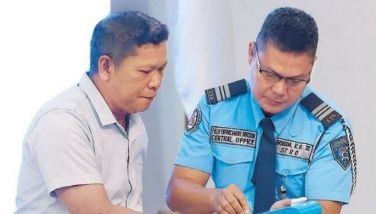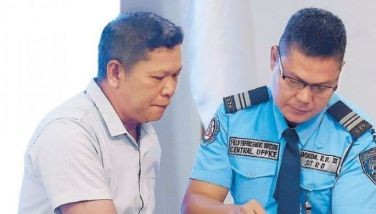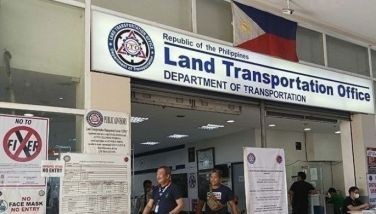An anecdote on Quezon, among other Ancestors

MANILA, Philippines - It is to the writers’ sober credit and we suspect much of the writing was done by Ner and research assistant Mabi David, Angara being mainly responsible for the foreword and as inspirational guide that Quezon is never blown up to be larger than life, rather let history speak for itself, portraying the president as a political adept second guessing the current realpolitik.
“Manuel Luis Quezon,” an expansive book on the Commonwealth president by Sonia Ner and Sen. Edgardo Angara, is as instructive as it is memorable, dealing with one of the most astute politicians of his time.
And what a time it was Quezon’s charmed life spanning the revolt against Spain, the Fil-Am war, and the two world wars including the Japanese Occupation, during which he was to die in exile. Quezon the book shows that they don’t make them like that anymore; he was clearly of a different mold.
Though the publication by the Rural Empowerment Assistance and Development Foundation Inc. may be rightfully called a coffee table book, such generic label may detract from its worth as a historical document of no small significance, deconstructing the life of the great Quezon and verily raising from the dead some familiar names of our country’s political ancestry.
Of course, most readers are familiar with the well worn quotes, “I prefer a country run like hell by Filipinos to one run like heaven by the Americans,” and how “loyalty to my party ends where loyalty to my country begins,” that have over time evolved into folklore if not puns and improvised mottos to suit the flavor of the moment.
The impression given is that more than anyone else, it was Quezon who was the shaman of Philippine independence during the Commonwealth Republic. He was sharp and witty and yet knew when to hold back. He made no secret of his love for his hometown, the former province of Tayabas that now bears his name and from where Angara hails, a common enough denominator aside from being distant relations on the maternal side. Might this book be considered then something of a tribute to an ancestor and political forebear, though as usual the present generation pales in comparison.
And the names, the names a parade of history that now bears resemblance to our streets, plazas, memorial circles. Adriatico after the street and circle in Malate was once a lawmaker, the politician Juan Alegre has been transposed into a jazz musician named Johnny, American Governor General Harrison is presently a plaza and street, journalist Felipe Calderon has turned into a plaza fronting the Santa Ana Church of our Lady of the Abandoned.
Other familiar names include that of Camilo Osias, a fixture in that treasured Philippine Readers of elementary school years; the Sampaloc area streets of Earnshaw and Forbes, and the bridge of Del Pan who in parallel reality was a personage during Quezon’s time. Not to forget the writer Arturo Rotor, the president’s chief aide.
The photographs and cartoon illustrations are in themselves rare and pleasant mementos of a bygone era, of that belle époque known as peacetime and the OsRox mission to negotiate for independence only to come home with the Hare-Hawes-Cutting Act vigorously opposed by Quezon, who for his part made his own foray to Washington to draw out the Tydings-McDuffie Act, which only proved that the star of Baler drove a hard bargain, the talking heads in Capitol Hill couldn’t put one over him.
There is a picture of the young Quezon standing rather ceremoniously before a Philippine flag during a picnic, the rest of the congregation candid and less formal. This signaled his calling as a patriot, and perhaps not just for show.
Also helpful is the timeline found towards the end of the book, and the reader is informed how it was practically the subject’s fate to be at the crosshairs of history: his father and younger brother were both assassinated by Filipino revolutionaries after the family was identified as colonial sympathizers, while five years after the president’s death it was his widow and eldest daughter’s turn to be ambushed by Huks in the dangerous hinterland roads, an incident that has been used as material for novels and cinema.
The book succeeds in making Quezon as human as possible, yet leaves no doubt that he was a great person of consequence, a centavo of whose thoughts would be worthy instruction to politicians of the present day.
A random reading would serve anyone, not just politicians or political scientists, in good stead, and not have us going round and round like the memorial circle after his name. The three angels in the monument are iconic as they are a symbolic landmark, in remembrance of how Quezon survived three wars and almost a fourth one, had not TB wrote finis to this charming anecdote of a man 18 days before he was to turn 66.
- Latest
- Trending



















